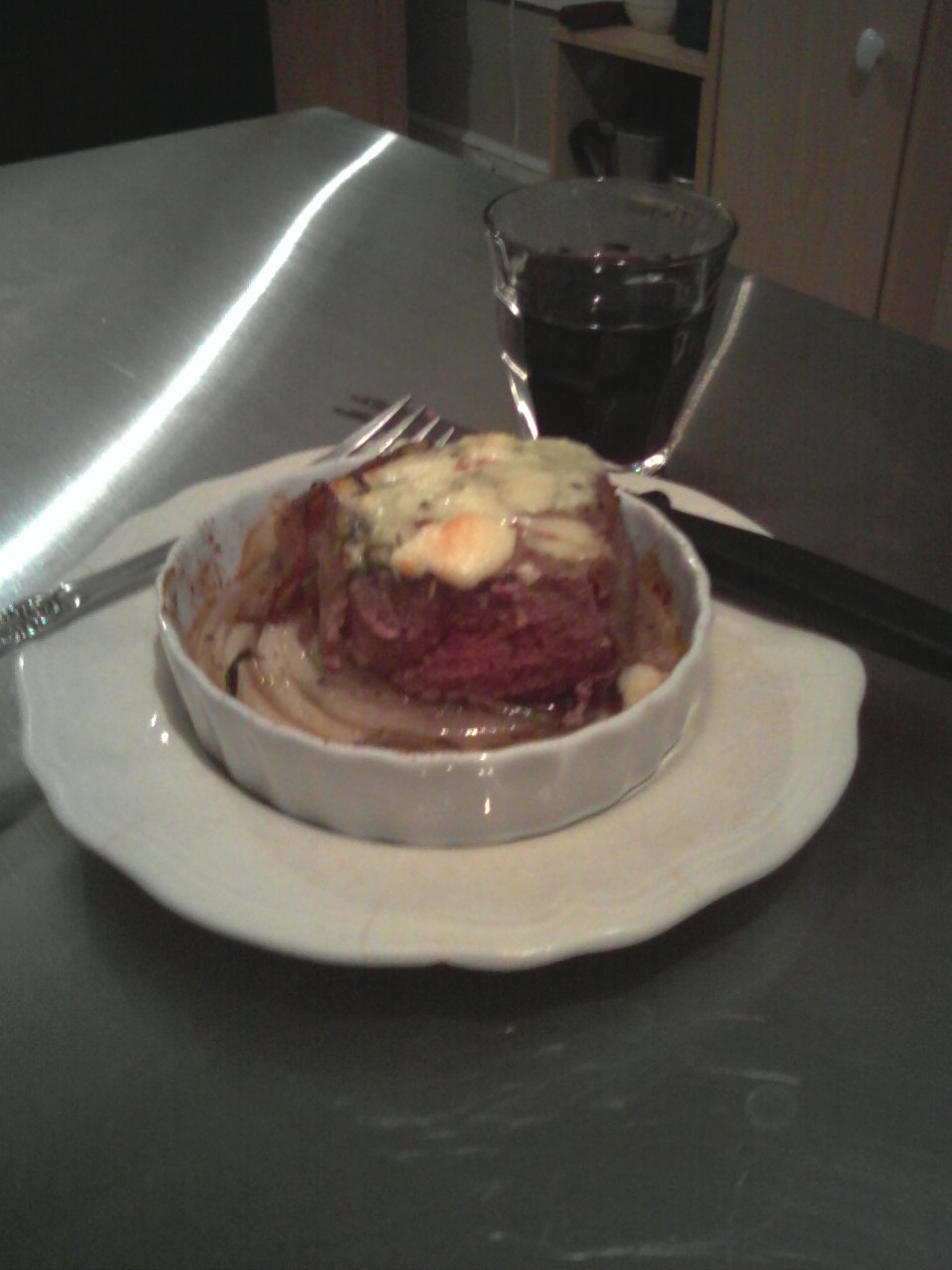A friend from high school posted a link to
Shonen Knife's "It's a New Find" at nearly the same time that a niece posted a status saying "Tired of the same ole thing!!! Ready for a change!" This odd juxtaposition in the Facebook Continuum provoked me into replying to both status. (Yes, the Latin plural of the noun /status/ is, in fact, /status/. It's 4th declension. Deal with it.) And THAT lead to a conversation with another friend from high school (who is also sister of the first friend and wife of another friend -- that's the way it goes when you grow up in a small town, no matter how big that town subsequently becomes; friends are multi-connected in lots of vaguely incestuous ways).
Be all that as it may, the conversation produced some links I know I'm going to want to find again in a few months. So, I'm pasting is some stuff here so that I'll be able to find it later. It's useful, but not normally so at this time of year. And it mainly has to do with two of my favorite (but very different) Christmas songs.
~~~Enter ComBox~~~
**Comment 1, MMe: Space Christmas is one of my seasonal favorites. I've inflicted it on students nearly every year.
**Comment 2, Multi-Connected Friend: @ Michael -- Is Space Christmas on a particular album? I am guessing the band name is Shonen Knife...
** Comment 3, MMe:
Shonen Knife *is* the band:
They've been turning out songs for 30 years with a "Ramones do Japanese girl pop" sound.
“Space Christmas” is a song from their earlier days; it was a
single, then got picked up on
a mid-90s sampler (that I suspect you would like).
You can hear the song (with a vid of them doing some other song(s) live) on YouTube.
**Comment 4, MCF:
Thanks, Michael! I am looking for Christmas songs to make a compilation CD for a friend. The biggest chore will be to go through the CDs I already own, to see what I want to include. But I have my eyes open for other stuff, too. In fact, I noticed (on fb, sometime, somewhere) that you liked a song titled something like: "Won't be Home for Christmas This Year" or something like that. I've been meaning to look for that one, too.
Sigh. I may or may not get this done for my friend. I've been wanting to do it for a couple of years now.
By the way, do you have the Christmas album, "We Three Kings" by the Roches? Their version of the title song is really nice.
** Comment 5, MMe:
I have a collection that I call
HHHMA: A Depressive's Christmas. I use it as an antidote to all the enforced cheerfulness. This is just long enough to fit on a CD (66 minutes, 19 songs). If you like, I can burn you a copy and send it your way.
My full Christmas mix is 16.4 hours and 293 songs long and includes a lot more chipper stuff (mariachi, polka, swing, folk, standards, jazz)....
But the song you are remembering is by Phil Madeira from his
3 Horseshoes album. It's official title is “Christmas This Year.”
If you have an e-dress that accepts large attachments, I can send you an iTunes readable AAC file.
If you do last.fm or pandora, you might also be able to listen there.
[Update, 25 Dec 2016: I miss the tin whistle, other instrumentation, and the studio recording of pub voices singing along, but a
live solo version hit YouTube four years ago. So you can get a feeling for the song
here. But you really want to buy 3 Horseshoes. It’s a great album.]
**Comment 6, MMe (again):
Oh, and I completely missed answering your question about the Roches. No, that is a collection I don't have.
I couldn't find lyrics to Madeira's song anywhere online, so I've just transcribed them. I keep wanting to quote them anyway, so this will make it easier.
“Christmas This Year”
by Phil Madeira
Every December like moths to a flame
we used to drive north every year just the same,
but we’re sick of the traffic so we’re staying right here,
and we ain’t comin’ home for Christmas this year.
Packages, sweaters, ski boots, and gloves --
packed to the gills ’til the car door won’t shut.
By the time we’ve gassed up we’ve got no yuletide cheer.
So we ain’t comin’ home for Christmas this year.
OK I admit it, it ain’t just the drive;
by the time we get back here we’re barely alive.
’Cause sometimes vacations can summon old tears,
and we ain’t comin’ home for Christmas this year.
Don’t worry, we’ll call ya, we’ll put the kids on;
whatever it takes to strengthen our bond.
And in that sweet moment we’ll wish we were there.
Still we ain’t comin’ home for Christmas this year.
Tell Santa to forward the gifts to our house.
And maybe once in a decade you ought to drive south.
Just give us some notice, God knows we’ll be here.
’Cause we ain’t comin’ home for Christmas this year.
Now don’t don’t be offended, and don’t be upset;
I never intended to make you regret
those wonderful moments so special and dear.
Still we ain’t comin’ home for Christmas,
Christmas this year.
No we ain’t comin’ home.
Yeah we ain’t comin’ home for Christmas this year
&c
